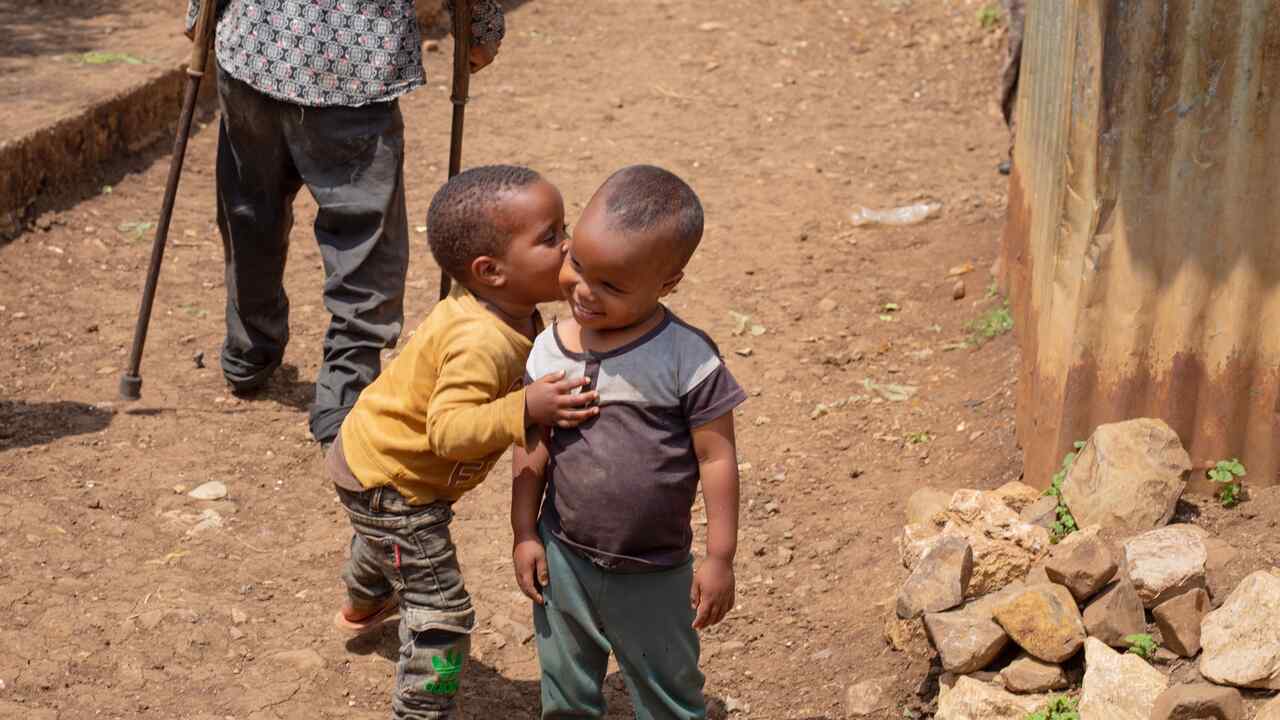
DiYES International School – Children in Crisis captures the growing reality faced by millions of children caught in armed conflicts across the globe. The year 2024 recorded a shocking surge in violence, exploitation, and humanitarian harm inflicted upon children. A recent report released by the United Nations highlighted 41,370 verified violations against children in conflict zones, a number that underscores the widening scope of the global child protection crisis. In regions like Gaza, the Democratic Republic of Congo, Somalia, Nigeria, and Haiti, children have not only lost access to safety and education but have also become targets in acts of extreme brutality. These young lives are increasingly under threat in a world that fails to protect its most vulnerable populations.
The report recorded 22,495 cases where violence killed, injured, or forced children into armed groups during 2024. These numbers reflect interrupted childhoods, broken families, and lost futures. Armed groups increased school attacks by 44 percent, directly targeting education and safe spaces. Conflict disrupted education systems and pushed many schools to shut down, halting children’s learning. Sexual violence against children rose by 35 percent, showing a disturbing pattern of brutality in war. War zones displaced thousands of children, leaving them hungry and traumatized. Many lived without proper shelter, medical services, or mental health care. Humanitarian groups responded in some areas but often failed to match the scale and urgency of these crises.
“Read about: Reaching the Unreached: Syria’s 2025 Child Immunization Drive”
In Gaza, children faced multiple layers of hardship. Armed clashes, airstrikes, and siege-like conditions exposed young lives to unrelenting danger. Infrastructure damage limited access to water, electricity, and hospitals. Families sought safety in temporary shelters, but even those became targets during repeated escalations. In the Democratic Republic of Congo, children continued to suffer from militia violence, displacement, and recruitment into armed factions. Several humanitarian corridors were blocked, restricting the movement of aid.
Schools and health centers were abandoned or destroyed, leaving children without essential services. Somalia presented a grim picture of child malnutrition, militant recruitment, and displacement. Cycles of drought, combined with ongoing insecurity, worsened the situation. Children in remote villages walked for days to reach basic food and medical supplies. Some collapsed before arriving. In Nigeria, conflicts between armed groups and state forces intensified, with children often caught in the crossfire. Kidnappings from schools became more frequent. Girls were forced into early marriages or exploited in dangerous environments. Haiti’s internal instability led to gang control over several communities. Children were exposed to gun violence, sexual exploitation, and forced labor. Many lived in overcrowded camps with little access to clean water or nutrition.
“Read more: From Best Practices to Action: Rome Summit Advances Trafficking Prosecution”
Systemic failure drives every tragic statistic. Prolonged conflicts, weak governance, and impunity create conditions where actors violate children’s rights freely. Armed groups and militias often ignore international humanitarian law without facing real consequences. In many regions, governments fail to build legal systems or enforce protections, allowing child-focused crimes to flourish. Humanitarian agencies deployed emergency relief, but many efforts moved too slowly or missed key areas. Bureaucratic processes, limited budgets, and political interference blocked aid from reaching vulnerable communities. Aid organizations repeatedly urged stronger support, but global leaders often shifted focus, abandoning long-term crises without sustained action.
Beyond the physical harm, the mental toll on children remains immense. Exposure to death, violence, and instability during formative years creates deep emotional scars. Many children developed anxiety, depression, or behavioral issues, yet few received adequate mental health care. In refugee camps and post-conflict settings, the absence of safe play spaces and structured learning added to the trauma. Families, themselves in distress, could offer limited support. These lost childhoods translated into lost generations, with lower chances for employment, civic participation, and social stability in the future.
Governments, NGOs, and international bodies must lead stronger, coordinated responses to the worsening crisis. Stakeholders need to launch early warning systems, strengthen child protection laws, and deliver humanitarian aid across all affected regions. Leaders must criminalize the recruitment of children into armed groups and stop these practices through direct intervention. Technological tools and reliable data can track violations and guide swift responses. Regional coalitions should establish safe zones and shield children from violence. Program developers must expand youth-focused initiatives to provide education, mental health care, and community rebuilding. Decision-makers must act with moral clarity and urgency. Children deserve safety. Yet in 2024, fear ruled the lives of tens of thousands.